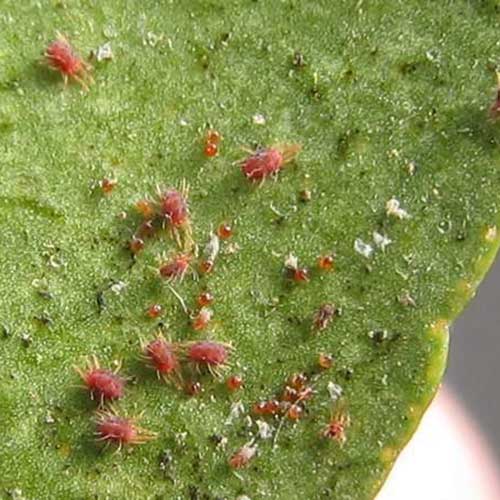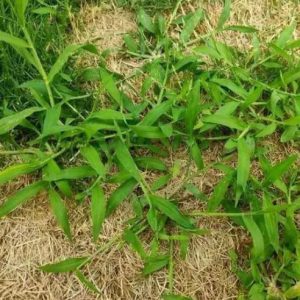
” Youge Biotech:Your Trusted Supplier of High-Quality Pesticides Winning Farmers’ Trust!”
CONTACT US
PESTICIDE TAGS
abamectin acaricide acaricide insecticide acetochlor Agricultural Pesticide ants aphids bed bugs bifenazate brodifacoum bait Chlorfenapyr clothianidin cymoxanil Difenoconazole ec Emamectin Benzoate flea fleas flonicamid fludioxonil fungicide fungicide and bactericide glyphosate grubs herbicide imidacloprid Indoxacarb insecticide kill roaches lufenuron pest control pesticide plant growth regulators propargite rats baits Rodenticide sc spinosad tebuconazole thiamethoxam wdg weedkiller wg Wheat wp
Fungicide Mixing and Application Guidelines
Improper mixing of pesticides can cause phytotoxicity. Here’s a summary of several fungicides, including copper-based products, azoxystrobin, tebuconazole, propiconazole, bromochloroisocyanuric acid, pyrimethanil, fluazinam, cymoxanil, thiram, and flutriafol. These guidelines focus on usage and mixing restrictions to help you avoid crop damage.
1. Copper-Based Products
- Avoid Fungicide mixing with alkaline pesticides: Copper products are generally acidic and can react with alkaline pesticides, reducing efficacy or causing damage. Do not mix with lime sulfur or Bordeaux mixture.
- Use with caution in high heat and humidity: Copper-based products can cause crop damage under these conditions, especially on sensitive crops like apples and grapes. High temperatures also increase the release of copper ions, raising phytotoxicity risks.
- Caution with copper-sensitive crops: Crops like peaches, plums, soybeans, and cabbage are sensitive to copper. Apply with care to avoid damage.
- Avoid continuous use: Prolonged use may lead to copper accumulation in soil, negatively impacting microbial communities and crop health.
- Mixing restrictions: Do not mix copper products with thiram, mancozeb, or other metal-based fungicides. Avoid mixing with strong acids or alkalis.
2. Azoxystrobin
- Do not mix with emulsifiable concentrates (EC): Fungicide mixing with organosilicon or EC formulations can cause crop damage.
- Avoid in high heat and strong sunlight: These conditions may increase the risk of phytotoxicity and affect plant growth.
- Sensitivity with some crops: Crops like strawberries may be more sensitive to azoxystrobin. Conduct a small test before widespread use.
- Avoid strong alkaline pesticides: Mixing with such products can reduce azoxystrobin’s effectiveness.



3. Bromochloroisocyanuric Acid
- Avoid Fungicide mixing with organophosphates: This can produce toxic gases harmful to both humans and crops.
- Avoid use near aquatic farms: It is toxic to aquatic organisms and may harm nearby fisheries.
- Prepare fresh mixtures: The solution degrades quickly after mixing, so use it immediately to maintain efficacy.
- Follow dosage guidelines: Overuse can harm crops, so adhere strictly to recommended concentrations.
4. Tebuconazole
- Caution during the seedling stage: It can inhibit growth during this stage, so avoid use on young plants.
- Avoid during flowering: Using tebuconazole during flowering can harm flowers and reduce fruit set.
- Rotate with other fungicides: Continuous use can lead to resistance. Alternate with other fungicides for effective disease control.
- Follow concentration guidelines: Overuse can lead to crop damage.
5. Propiconazole
- Sensitive crops: Use cautiously on sensitive crops like cucurbits and legumes to avoid damage.
- Avoid in high temperatures: High temperatures can increase the risk of phytotoxicity.
- Avoid use during sensitive growth stages: Refrain from applying during seedling and flowering periods to prevent growth disruption.
- Do not mix with strong alkaline products: This reduces efficacy and can cause adverse reactions.
6. Flutriafol
- Highly active, use with caution: Especially on beans and cruciferous vegetables, test before use.
- Avoid on cucurbits and grapes: Use cautiously, as these crops are more sensitive.
- Mixing restrictions: Do not mix with strong acids, alkalis, or certain insecticides like organophosphates.
7. Thiram
- Avoid mixing with copper products: There should be a 10-15 day gap between applications to prevent damage, especially to pear trees.
8. Pyrimethanil
- Use under specific conditions: Apply in environments with less than 65% humidity and temperatures below 28°C. Avoid high concentrations and closed environments.
- Sensitive crops: Use cautiously on legumes, eggplant, and cherries, especially in greenhouses.
9. Fluazinam
- Do not mix with strong acids or alkalis: This reduces the effectiveness of the product.
- Avoid on sensitive crops: Cucurbits and grapes may be sensitive, so test before use.
- High temperature caution: Avoid applying in high temperatures or closed environments to prevent crop damage.
10. Cymoxanil
- Cruciferous vegetables sensitivity: Be cautious when using on cruciferous vegetables, as they may be prone to damage.
- Mixing restrictions: Do not mix with bromochloroisocyanuric acid.





